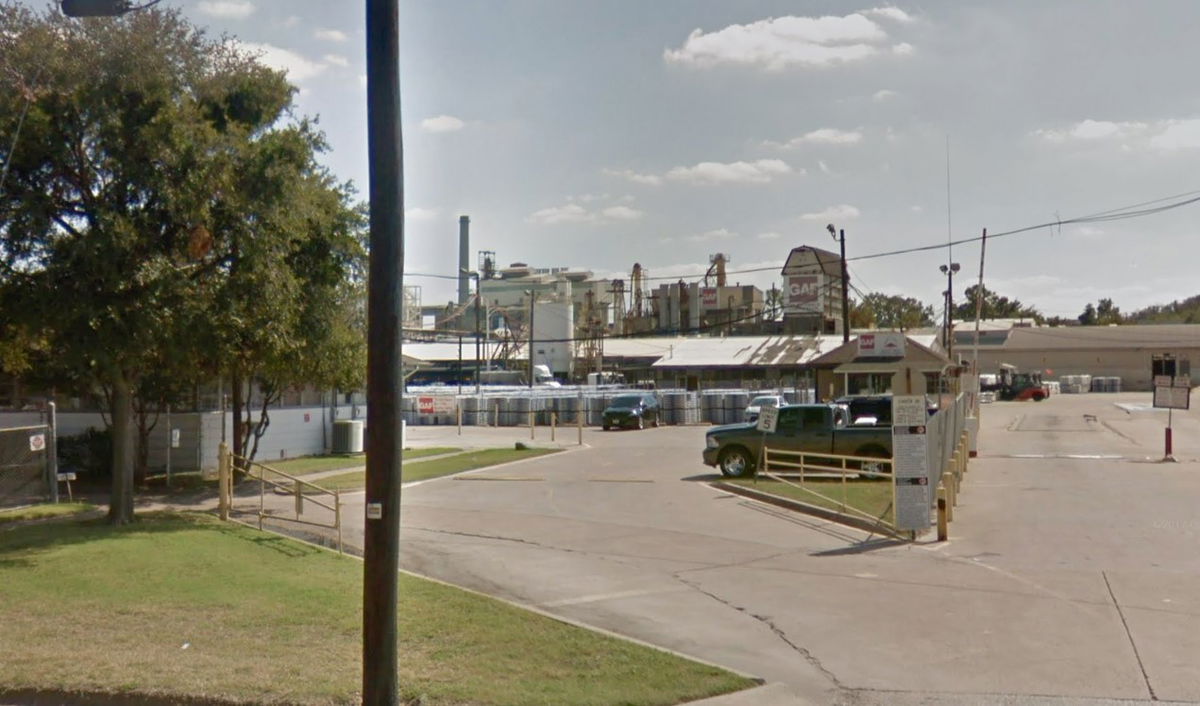
Several entities are working with West Dallas neighbors to envision what its future could look like, and one issue has been consistent for decades: Polluting industrial complexes must move away from residential neighborhoods. From putting pressure on lead smelters in the 1980s to ongoing pushback against roofing manufacturer GAF, environmental justice issues have been community issues.
In February, several West Dallas groups saw an opportunity to speak out against GAF’s presence in their community when a public comment period for its federal permit renewal opened. The Environmental Protection Agency (EPA) manages GAF’s permit under the Clean Air Act, and it comes up for renewal every five years. Legal Aid of Northwest Texas helped collect comments on behalf of the West Dallas 1 neighborhood coalition.
In addition, environmental advocacy organization Downwinders at Risk created a public comment template for members of the public to share their concerns with the Texas Commission on Environmental Quality (TCEQ). Their template was used 50 times by people to send requests for a public meeting about the GAF renewal to TCEQ, according to Jim Schermbeck, Downwinders at Risk program director. Schermbeck estimates as many as 70 requests may have been sent if people independently communicated.
Paul Quinn College’s Urban Research Initiative released an Annual Emissions Inventory Report, compiling pollution data from TCEQ with the goal of making it accessible and understandable to the public. The report identifies the biggest emissions sources in the Dallas-Fort Worth area, the major sources per pollutant, and the health effects of different pollutants.
GAF is on Paul Quinn’s list of the top 20 polluters in Dallas County, and it’s also the county’s largest source of sulfur dioxide. Sulfur dioxide contributes to acid rain, and inhalation can harm the lungs.
This study comes a year after “Poisoned by Zip Code,” a previous study by Paul Quinn College’s Urban Research Initiative and environmental advocacy organization Downwinders at Risk, which found that West Dallas zip code 75212 has the worst air pollution in the city.
“This permit renewal is a chance to collect a lot of data on what pollution is in our neighborhood and how it affects all of us, then use that scientific understanding to make smart decisions about where industrial facilities are located,” says Aaryaman Singhal, West Dallas 1 environment committee chair.
The next step in the GAF permit fight is to wait for a meeting date with TCEQ; once it is announced, another public comment period will open, which Downwinders at Risk says it is poised to take advantage of.

Leave a Reply